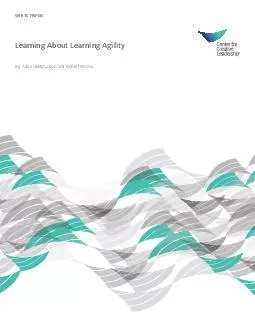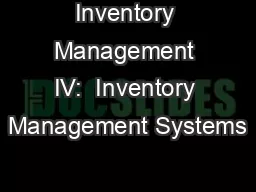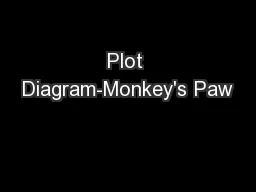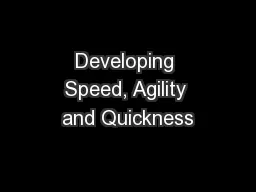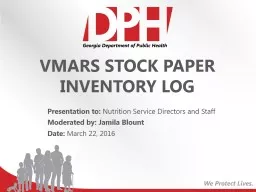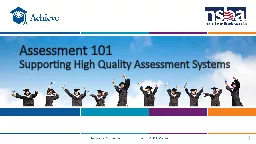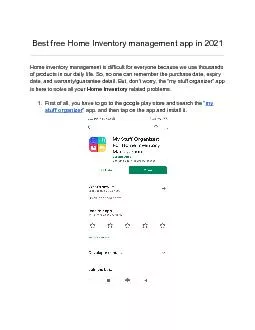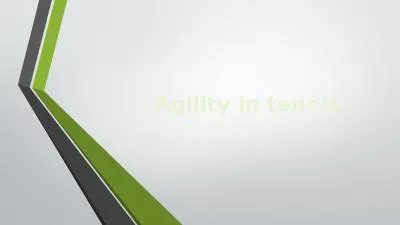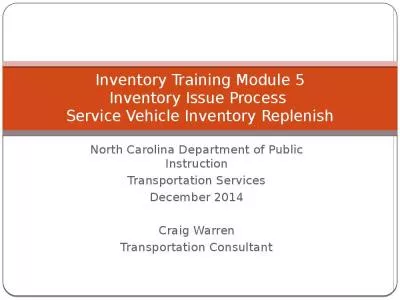PDF-WHITE PAPER Learning About Learning Agility By Adam Mitchinson and Robert Morris Contents
Author : phoebe-click | Published Date : 2015-01-29
Adapting to new business strategies working across cultures dealing with temporary virtual teams and taking on new assignments all demand that leaders be 57375exible
Presentation Embed Code
Download Presentation
Download Presentation The PPT/PDF document "WHITE PAPER Learning About Learning Agil..." is the property of its rightful owner. Permission is granted to download and print the materials on this website for personal, non-commercial use only, and to display it on your personal computer provided you do not modify the materials and that you retain all copyright notices contained in the materials. By downloading content from our website, you accept the terms of this agreement.
WHITE PAPER Learning About Learning Agility By Adam Mitchinson and Robert Morris Contents: Transcript
Download Rules Of Document
"WHITE PAPER Learning About Learning Agility By Adam Mitchinson and Robert Morris Contents"The content belongs to its owner. You may download and print it for personal use, without modification, and keep all copyright notices. By downloading, you agree to these terms.
Related Documents

